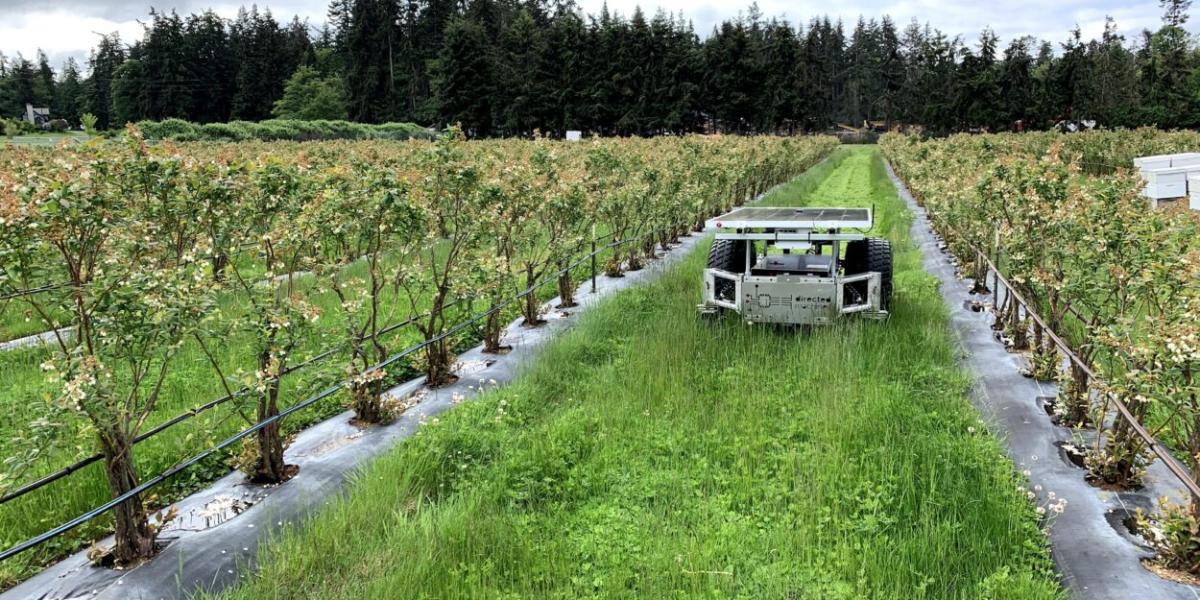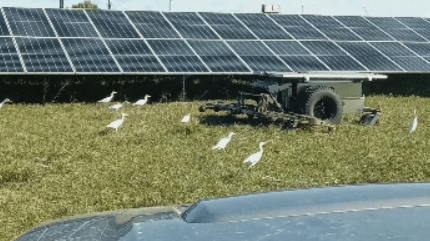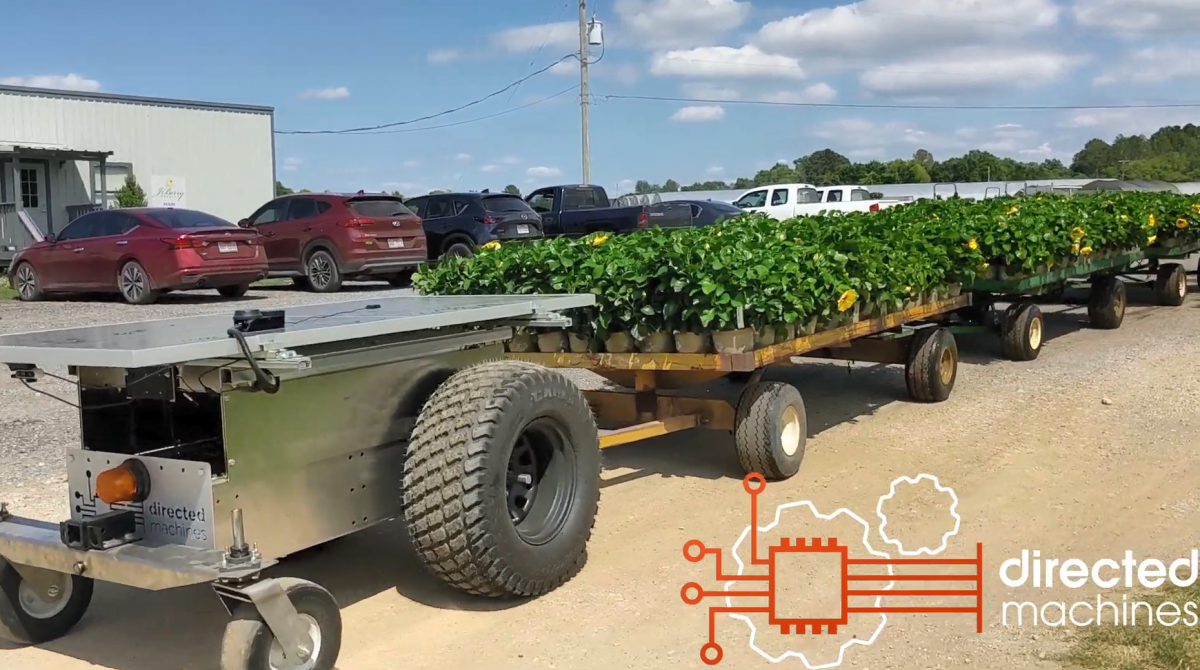Agriculture and Renewable Energy Land Management With Robotics
The innovations of Directed Machines in sustainability
It is widely recognized that the use of synthetic herbicides and fossil fuels carry adverse effects on both the environment and human health. But these practices are integral and widely accepted as part of agriculture and land management.
According to recent Environmental Protection Agency (EPA) figures, agriculture accounted for 10.6 percent of U.S. greenhouse gas emissions in 2021, exacerbating the global climate crisis. Simultaneously, it is estimated that over 1 billion pounds of pesticides are used in the U.S. each year, posing complex threats to human health, ranging from developmental disorders to cancer. But new technology and innovation have the potential to change all that.
In a recent discussion with Dan Abramson, co-founder and COO of Directed Machines, we explored how his Seattle-based company leverages innovative technology and wireless connectivity to prioritize sustainability to benefit both our planet and our well-being.
What does Directed Machines do?
Directed Machines designs, engineers and manufactures Land Care Robots (LCRs). These are heavy-duty, solar-electric robots that perform various jobs, including mowing, hauling, surveillance, predator control, grading and plowing. We manufacture one model that can be customized in many ways and fitted with different implements to perform all these tasks and more. However, the two most common are mowing and towing. For over four years now, we’ve been selling and deploying our robots across several verticals and use cases, including golf courses, solar farms, transportation departments, farms, nurseries and more.
Part of the Directed Machines mission is about helping the environment. How do LCRs do that?
To our knowledge, Directed Machines is the only company in the world capable of managing vegetation at enterprise and utility scale without using herbicides. Carcinogenic herbicides sicken workers, destroy fragile ecosystems and poison water supplies. They also cause damage to site infrastructure, such as irrigation piping, electrical cabling, solar panels and wind turbines.
One unique feature of our robots is that they can be configured in many ways to fit different customer site characteristics. So, if you have vegetation that’s difficult or impossible for other robots or even humans to reach, you don’t have to resort to harmful chemicals. For example, on customer solar farms, our LCRs efficiently control vegetation beneath solar panels without resorting to herbicides, preserving native grasses, pollinators and more.
Plus, Directed Machines’ LCRs are 100% solar-electric, so they emit zero greenhouse gases. And they are nearly silent, so there is almost no noise pollution.
These environmental advantages contribute to our customers becoming more conscientious and responsible neighbors, enabling them to cultivate community support for expanding their operations.
Have you seen any changes on customer sites based on their use of your LCRs?
Having worked on sites on where chemicals were previously used, we have observed dramatic positive changes to local ecologies. For instance, biodiversity has increased with new and additional species being introduced. Some creatures have even demonstrated new and adaptive behaviors to engage with our LCRs, including nesting and feeding activity.
We’ve also seen native vegetation, like saw grass, make a comeback, displacing invasive weeds that were able to resist herbicidal poisons.
What is technologically different about the Directed Machines approach?
Today, most autonomous robots designed for agriculture and other forms of land management rely on global positioning systems (GPS). But things like trees, solar panels and other physical barriers can block GPS signals and cause errors. We use machine vision to help our LCRs navigate in areas where GPS doesn’t perform well, like orchards and renewable energy sites. While our stack can use GPS and LiDAR, we have engineered our robots to work effectively in structured environments, day or night, using only color and depth images. The cameras used for color and depth images are about one-tenth the cost of LiDAR sensors and equally as effective with our engineering, this allows us to pass those savings down to our customers without compromise.
Are there economic benefits to customers who use LCRs?
Absolutely! The advancements of machine automation offer opportunities to enhance efficiency and reliability. Our robots are precise, make few errors and operate around the clock, under almost any extreme condition including intense heat, freezing temperatures, dense smoke, storms and pesky mosquitoes. This results in lower production costs … whether you’re producing edamame or energy. Also, important to note, the work performed by our LCRs is fully transparent to our customers, empowering them to facilitate best practices for insurance requirements and regulatory compliance.
Why is wireless connectivity critical to the success of your Land Care Robots and your customers?
We knew that to roll out our LCRs nationwide, we would need to choose a flexible and scalable wireless partner that provides great rural coverage across the country — because that is where our customers are! While our LCRs make all automated driving and operational decisions locally on the robot, we rely on T-Mobile to connect our LCRs for pushing telemetric data, remotely diagnosing robot health as well as software and firmware updates. This is a mission critical safety and insurance net that enables us, when needed, to observe everything from speed and energy consumption to obstacles and dangers, which allows us to better ensure customer success.
What does the future hold for Directed Machines and land care automation?
As we dive deeper into the unique challenges of the verticals we serve, we get better at delivering innovation that answer the call to action. Our tech solutions are increasingly translating into tangible benefits for our renewable energy and agriculture customers, addressing things like site design, time and cost of construction and monitoring the health of infrastructure.
For more, we invite you to click mow, tow and scare to see Directed Machines’ LCRs in action.




